EDIT:
I have accepted an answer below and also added my own with my final revision of the code. Hopefully it shows people actual examples of Shadow Space allocation rather than more words.
EDIT 2: I also managed to find a link to a calling conventions PDF in the Annotations of a YouTube video (of all things) which has some interesting tidbits on Shadow Space and the Red Zone on Linux. It can be found here: http://www.agner.org/optimize/calling_conventions.pdf
ORIGINAL:
I have looked at a couple of other questions here and all over the internet but I can't seem to find a proper example of allocating "Shadow Space" when calling a subroutine/Windows API in 64 bit Windows assembly.
My understanding is this:
- Caller should
sub rsp,<bytes here>prior tocall callee - Callee should use it to store registers if need be (or local variables, if register saving isn't required)
- Caller cleans it up, e.g:
add rsp,<bytes here> - The amount allocated should be aligned to 32 bytes
With that in mind, this is what I have tried:
section .text
start:
sub rsp,0x20 ; <---- Allocate 32 bytes of "Shadow space"
mov rcx,msg1
mov rdx,msg1.len
call write
add rsp,0x20
mov rcx,NULL
call ExitProcess
ret
write:
mov [rsp+0x08],rcx ; <-- use the Shadow space
mov [rsp+0x10],rdx ; <-- and again
mov rcx,STD_OUTPUT_HANDLE ; Get handle to StdOut
call GetStdHandle
mov rcx,rax ; hConsoleOutput
mov rdx,[rsp+0x08] ; lpBuffer
mov r8,[rsp+0x10] ; nNumberOfCharsToWrite
mov r9,empty ; lpNumberOfCharsWritten
push NULL ; lpReserved
call WriteConsoleA
ret
My two strings are "Hello " and "World!\n". This manages to print "Hello " before crashing. I have a suspicion that I am doing it correctly ... except I should be cleaning up somehow (and I'm not sure how).
What am I doing wrong? I have tried a combination of sizes and also tried "allocating Shadow Space" prior to the WinAPI calls too (am I supposed to be doing that?).
It should be noted that this works perfectly fine when I don't care about Shadow Space at all. However, I am trying to be compliant with the ABI since my write function calls WinAPIs (and is therefore, not a leaf function).
